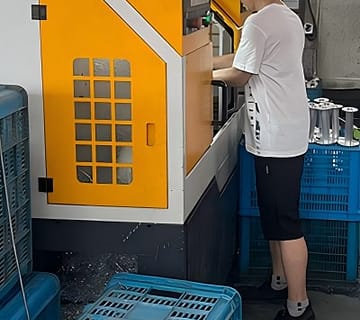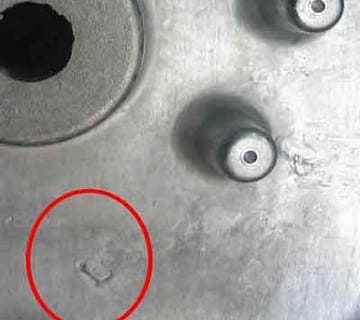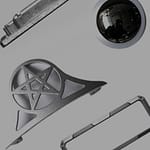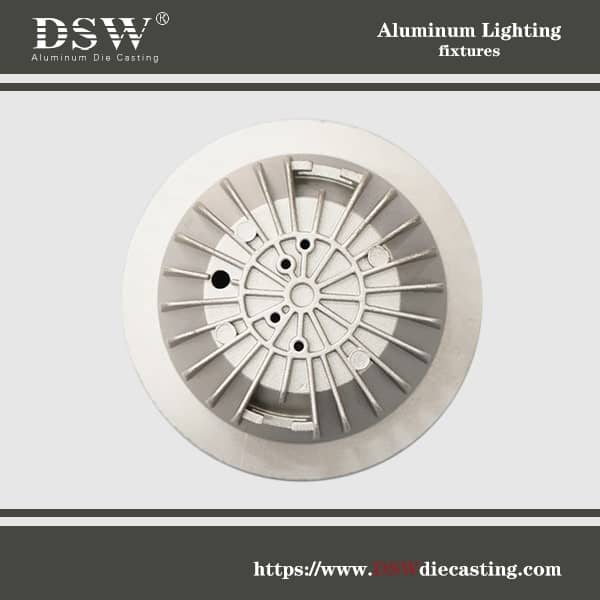
The surface finish of a cast metal part depends on several factors:
Casting Method: Different casting processes have inherent limitations and capabilities regarding surface finish. For example, die casting generally produces smoother finishes compared to sand casting.
Material Selection: The type of metal being cast can influence the surface finish. Some metals are more prone to surface defects or have a naturally rougher texture.
Mold Material and Design: The material and design of the mold can impact the surface finish. For instance, a smoother mold surface will generally transfer to a smoother cast part.
Process Parameters: Optimizing pouring temperature, solidification rate, and other process parameters can help achieve a desired surface finish.


How to Choose Between Zinc Plating and Nickel Plating?

Aluminum Alloys Yield Strength and Tensile Strength

Cast Aluminum vs Die Cast: Which is Right for You?

Diverse Types of CNC Machines and Their Applications










